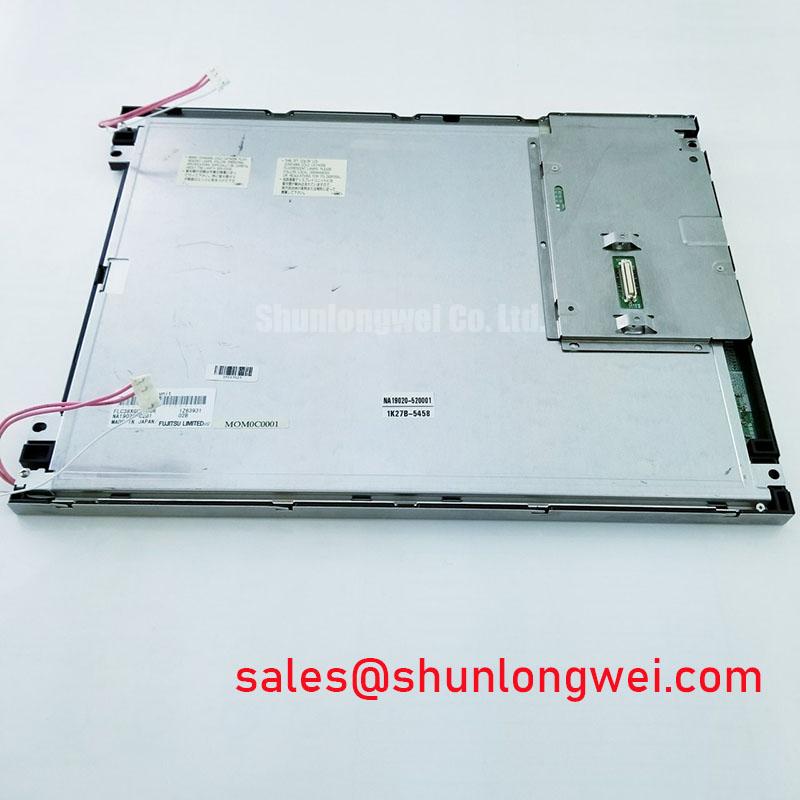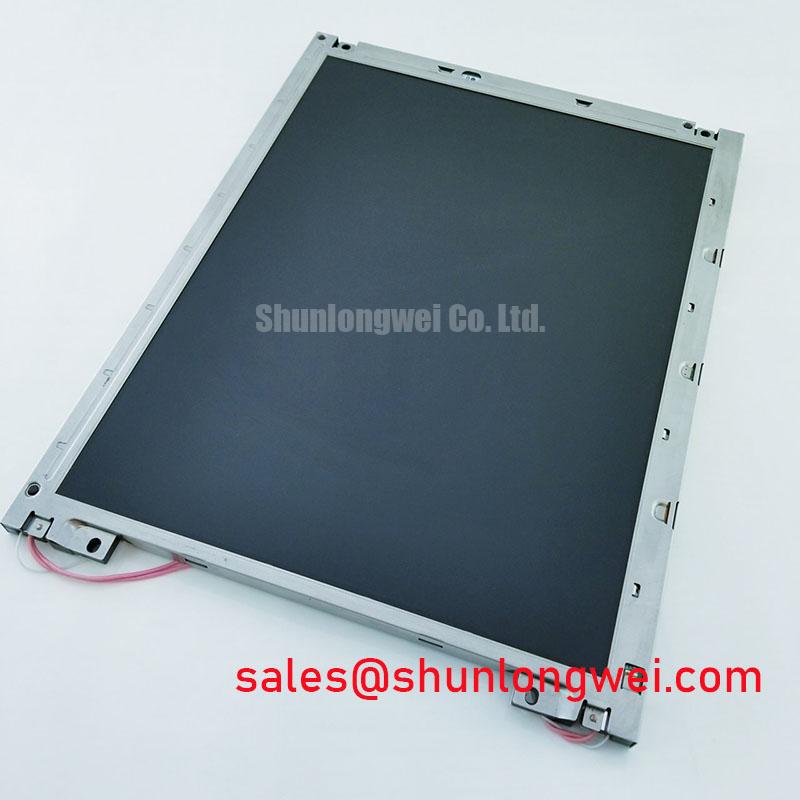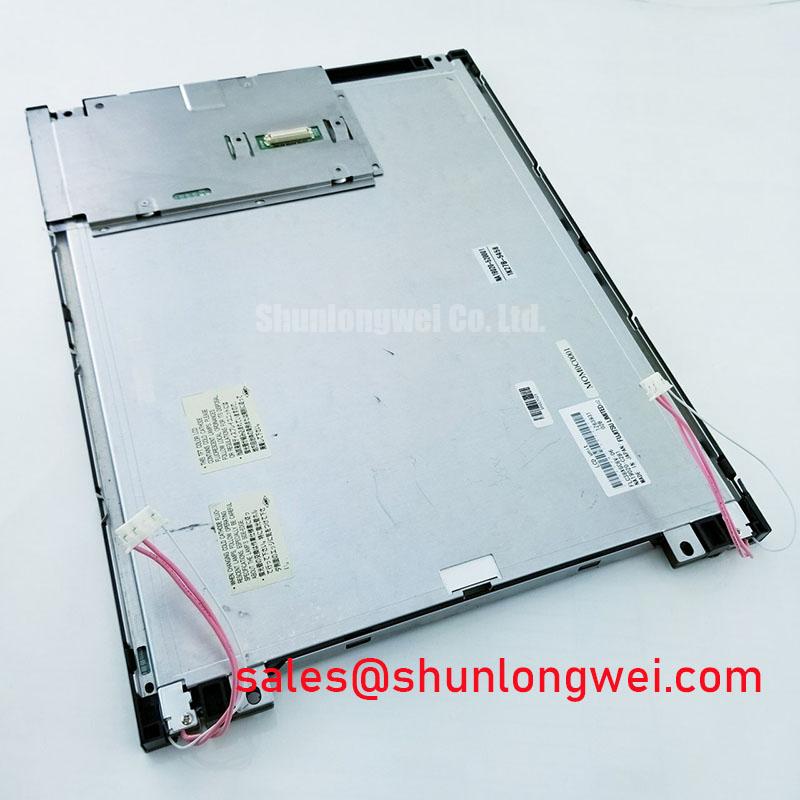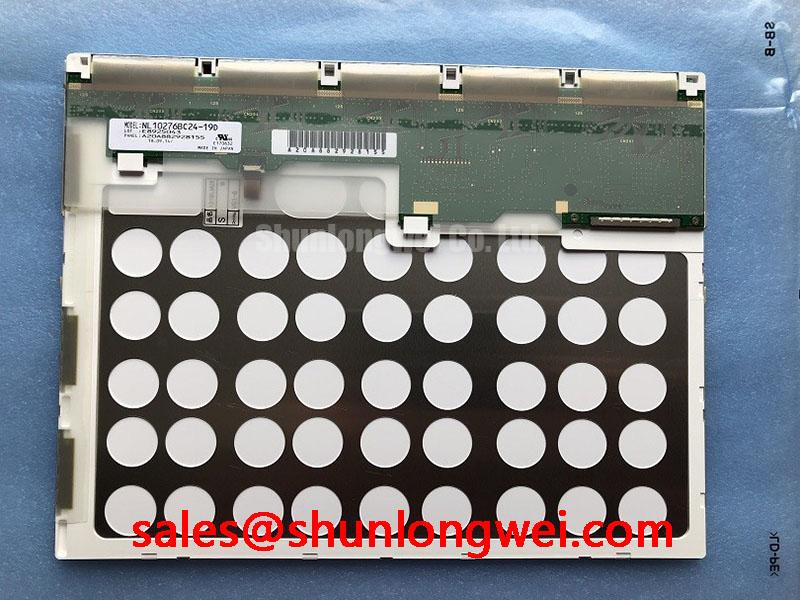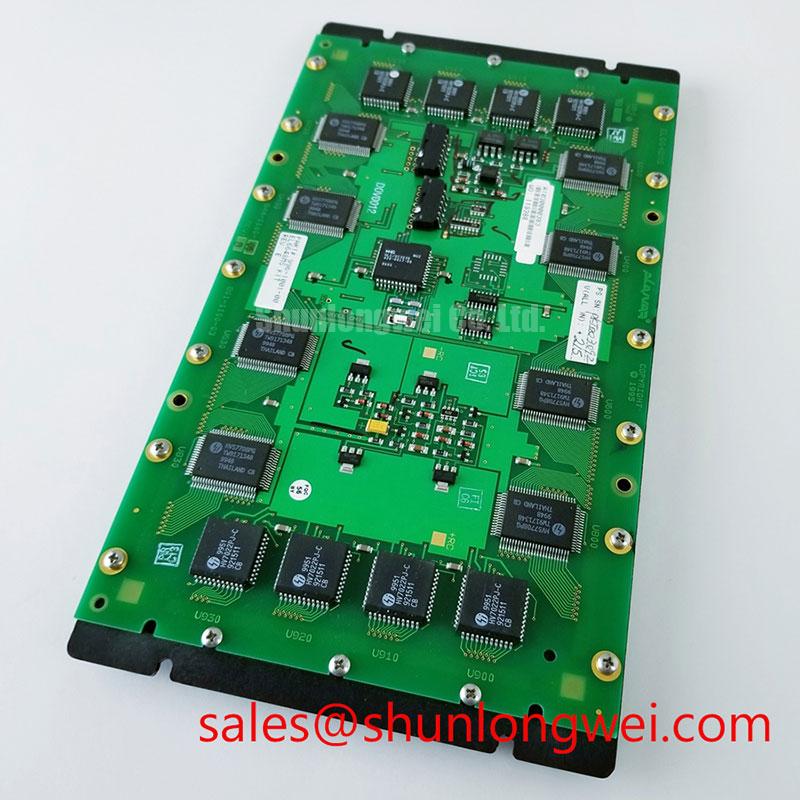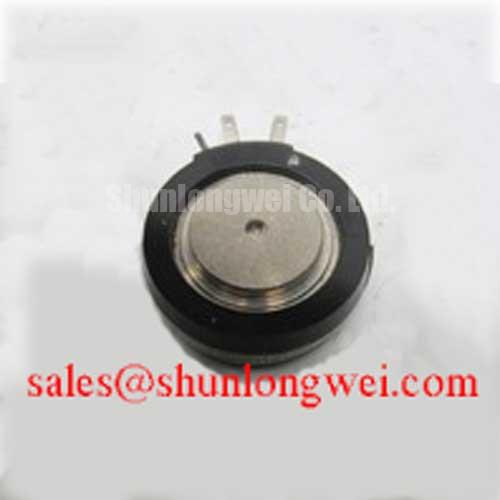FLC38XGC6V-06 Fujitsu 38" WVGA Plasma Display Panel Specs
Technical Overview of the FLC38XGC6V-06 Plasma Display
Harnessing the emissive power of 3-electrode surface-discharge AC plasma technology, the Fujitsu FLC38XGC6V-06 delivers superior visual performance for information-rich applications. This panel is engineered to streamline system development by providing a self-contained WVGA display module. Its core specifications are: 38-inch WVGA (852x480) | 500 cd/m² Brightness | >300:1 Contrast Ratio. This design provides two key engineering benefits: inherently high-contrast imagery and a simplified digital interface. For engineers supporting or developing for legacy systems, the FLC38XGC6V-06's use of a standard 8-bit digital RGB input simplifies signal chain validation and integration with established controller architectures.
The Strategic Role of Integrated Panels in Legacy and Niche Systems
In today's market, the decision to specify a component is influenced by more than just its primary performance metrics. The FLC38XGC6V-06 represents an architecture where the display panel itself forms a highly integrated subsystem. This approach was pivotal in accelerating time-to-market for equipment manufacturers by reducing the complexity of developing driving electronics from the ground up. While modern display technologies have evolved, the value of such an integrated module persists, particularly in the maintenance and lifecycle extension of high-value capital equipment. For systems in sectors like public transportation or industrial process control, replacing a failed display with a completely different technology can trigger costly and time-consuming system-wide recertification. Sourcing a form-fit-function component like the FLC38XGC6V-06 offers a more economically viable path, underlining the importance of total cost of ownership over initial unit price.
Data for Your Decision: PDP vs. Modern Display Technologies
To support an informed procurement decision, it is crucial to evaluate the FLC38XGC6V-06's characteristics against contemporary alternatives like TFT-LCD technology. This is not a matter of which is "better," but which is the right fit for the specific engineering and commercial constraints of a project.
- Viewing Angle and Contrast: As an emissive technology, plasma displays like the FLC38XGC6V-06 generate their own light, typically resulting in exceptionally wide viewing angles and deep black levels that are difficult for many transmissive LCDs to replicate. This is a key advantage in public information displays where viewers may be off-axis.
- Power and Thermal Management: The FLC38XGC6V-06 has a typical power consumption of 420 watts. This is significantly higher than a modern LED-backlit LCD of a similar size. The heat generated must be actively managed within the system enclosure to ensure operational stability and longevity.
- Interface and Driving Logic: This plasma panel utilizes a parallel digital RGB interface, common in systems from its era. While straightforward, it differs from the LVDS or eDP interfaces dominant today. Integrating this panel is simplest in systems already designed for this interface type.
For applications where displaying legacy standard-definition widescreen video is required, the panel's native 852x480 resolution makes the FLC38XGC6V-06 an excellent technical choice, as it eliminates the need for scaling hardware and avoids potential image artifacts.
Anatomy of the 3-Electrode AC Surface-Discharge Design
The visual performance of the FLC38XGC6V-06 is rooted in its fundamental plasma cell structure. What is the primary benefit of its AC surface-discharge design? It enables stable, high-contrast image generation without requiring complex active-matrix switching at every pixel. The panel operates by applying a precise AC voltage across transparent X and Y "sustain" electrodes, which are protected by a dielectric layer on the inner surface of the front glass. On the rear glass, an "address" electrode is used to select the specific row of pixels to be activated.
The process is analogous to addressing a cell on a spreadsheet. The address electrode selects the correct 'row', and the sustain electrodes apply the potential to a specific 'column', causing the gas in the pixel at the intersection to discharge. This discharge of a Neon-Xenon gas mixture emits ultraviolet (UV) photons, which in turn strike the corresponding red, green, or blue phosphors within the cell, causing them to glow and create a visible image point. This entire intricate structure is contained within the factory-sealed panel, presenting a single, robust component to the system designer.
FLC38XGC6V-06 Specification Reference
The following parameters are derived from the official manufacturer's datasheet. For complete details, it is recommended to download the full datasheet PDF.
| Feature | Specification |
|---|---|
| Optical Characteristics | |
| Display Technology | 3-electrode surface-discharge AC type Plasma Display Panel |
| Effective Display Area | 841.0 (H) x 473.0 (V) mm |
| Resolution | 852 x 480 dots |
| Brightness (Typical) | 500 cd/m² |
| Contrast Ratio (Typical, in dark room) | >300:1 |
| Displayable Colors | 16,777,216 (256 levels per color) |
| Electrical Characteristics | |
| Signal Input | 8-bit digital signal (R, G, B), H-sync, V-sync, Clock |
| Power Consumption (Typical) | 420 W |
| Mechanical & Environmental | |
| Module Dimensions | 919.0 (W) x 547.0 (H) x 60.0 (D) mm |
| Weight | 16.5 kg |
| Operating Temperature | 0 to +50 °C |
The power consumption figure of 420W is a critical parameter for system design. It underscores the need for robust thermal engineering. The panel's metal chassis acts as the primary heat spreader, much like the frame of a vehicle channels stress. This chassis must have an effective thermal pathway, typically through convection or forced air, to the ambient environment to maintain the junction temperatures of the driving electronics within their safe operating area.
Engineered for High-Contrast Visual Information Systems
The FLC38XGC6V-06 is dimensioned and specified for applications where clear, bright, and high-contrast visual information is paramount. Its large 38-inch diagonal and wide viewing angles make it a suitable candidate for systems that must serve a broad audience in large indoor spaces. What is the ideal application? Deployments where readability from a distance and from various angles is critical.
- Public Information Displays: The panel's size and brightness are well-suited for flight information displays in airports, train schedules in stations, and other public transit hubs.
- Industrial Control Rooms: In large-scale process monitoring, a central display that provides a clear overview of system status is vital. The emissive nature of the PDP ensures that key alerts and data are visible even in the varied lighting conditions of a control room.
- Retail and Advertising: The vibrant color reproduction and high contrast can be leveraged for in-store digital signage and advertising displays to attract customer attention.
Frequently Asked Questions
What are the specific power supply voltage requirements for the FLC38XGC6V-06?
The panel requires a multi-rail power supply unit to operate correctly. According to the datasheet, the primary voltage lines needed are a sustain voltage (Vs), a set-up voltage (Vset), and an address voltage (Va), in addition to the logic supply voltage. The exact voltage and current specifications for each rail are critical and must be sourced from the official component datasheet.
How does the digital RGB interface on the FLC38XGC6V-06 work?
The interface is a parallel digital input scheme. It requires separate 8-bit data lines for each of the three primary colors (Red, Green, Blue), for a total of 24 data lines. In addition, it needs standard synchronization signals: a horizontal sync (H-sync), a vertical sync (V-sync), and a pixel clock to ensure proper data timing and frame composition. This type of interface is typically driven by an FPGA or a dedicated display controller IC.
As this is a phosphor-based display, how can image retention or "burn-in" be mitigated during operation?
This is a valid concern for any emissive display technology. To maximize the panel's operational life and visual consistency, it is crucial to avoid displaying static images for extended periods. Best practices include using screen savers during idle times, implementing pixel-shifting algorithms (subtly moving the image by a few pixels periodically) in the control software, or ensuring that high-contrast static elements are periodically inverted or moved. For further reading on display technologies, explore our guide to TFT-LCDs.
To assess the FLC38XGC6V-06 for your specific system requirements, we recommend reviewing the full datasheet and consulting with our technical support team to align its interface and power needs with your design architecture.

